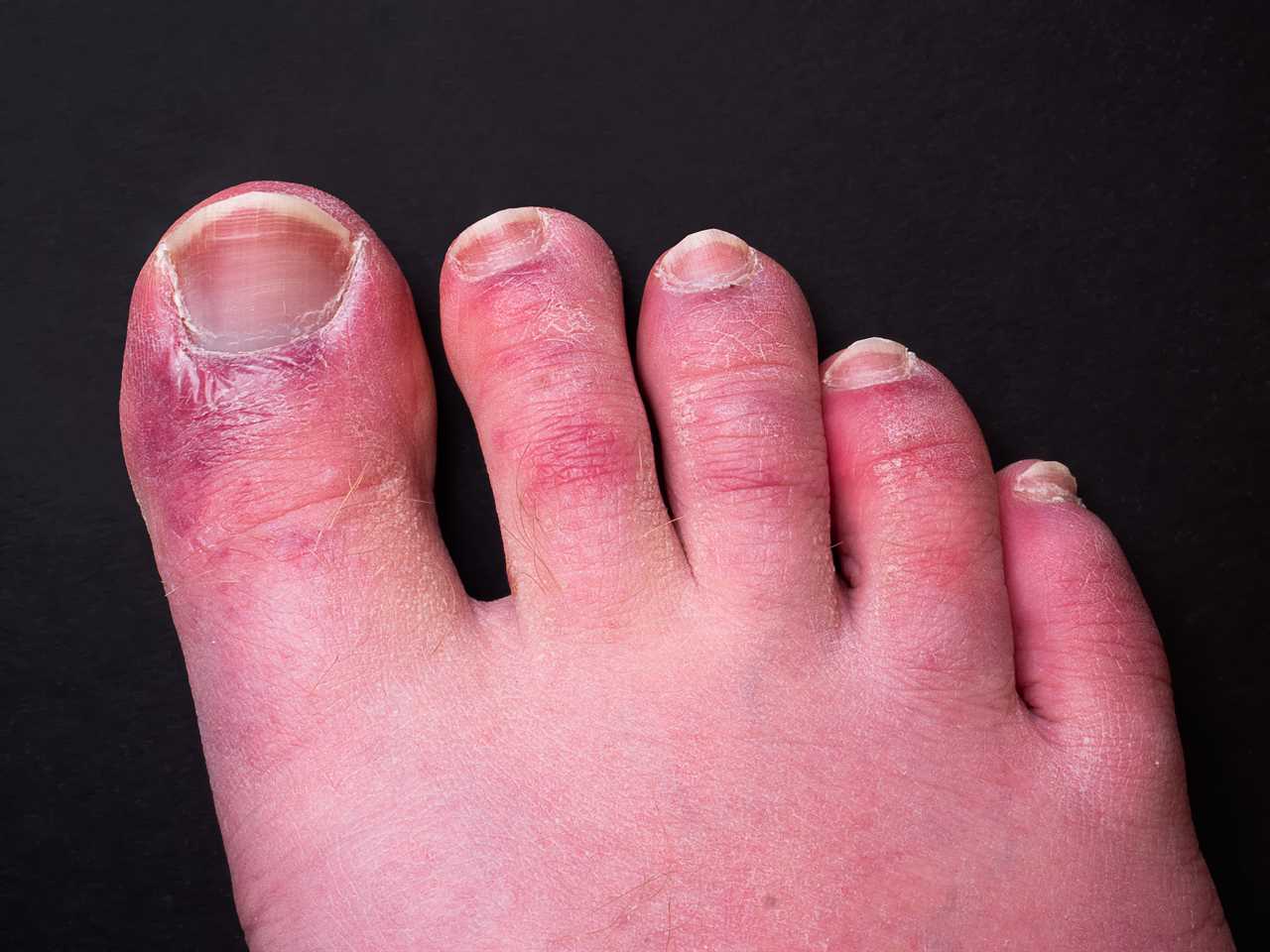PEOPLE who caught Covid reported having redness and inflammation on their toes.
This became dubbed “Covid toes”, with the condition sometimes lasting months.

Now scientists think they have figured out why it happens and is a side-effect for some people.
Many patients have been struck with the condition, which can be painful, for months after getting sick.
What is Covid toes and what are the symptoms??
It seems to be that anyone of any age can get Covid toes.
Although in reports it seems children and teens suffer more with the condition.
It can present as red, inflamed toes sometimes with a rash.
This can be sore and itchy, with blisters and swelling.
The affected toes, although some fingers have been reported too, can look red or purple.
Some patients can also get raised painful bumps or pus.
It can last for weeks or months, often with people suffering from it not experiencing the classic Covid symptoms.
It appears to have been less common with the Delta variant.
What are the new findings about the condition?
Researchers behind the new study, published in the British Journal of Dermatology, examined 50 participants with Covid toes and 13 with similar chilblains lesions that arose before the pandemic.
They found one mechanism behind both types of the condition involved the body generating an immune response with high levels of certain autoantibodies.
This then leads them to mistakenly target and react with a person’s own cells and tissues as well as the invading virus.
They also found an overlap with type I interferon, a key protein in the antiviral response.
In addition to the immune system, cells lining blood vessels which supply the affected areas also appeared to play a critical role in the development of Covid toes and chilblains.
Senior author of the study, Dr Charles Cassius, said the research provided a deeper understanding of the condition.
He said: “The epidemiology and clinical features of chilblain-like lesions have been extensively studied and published, however, little is known about the pathophysiology involved.
“Our study provides new insights.”






